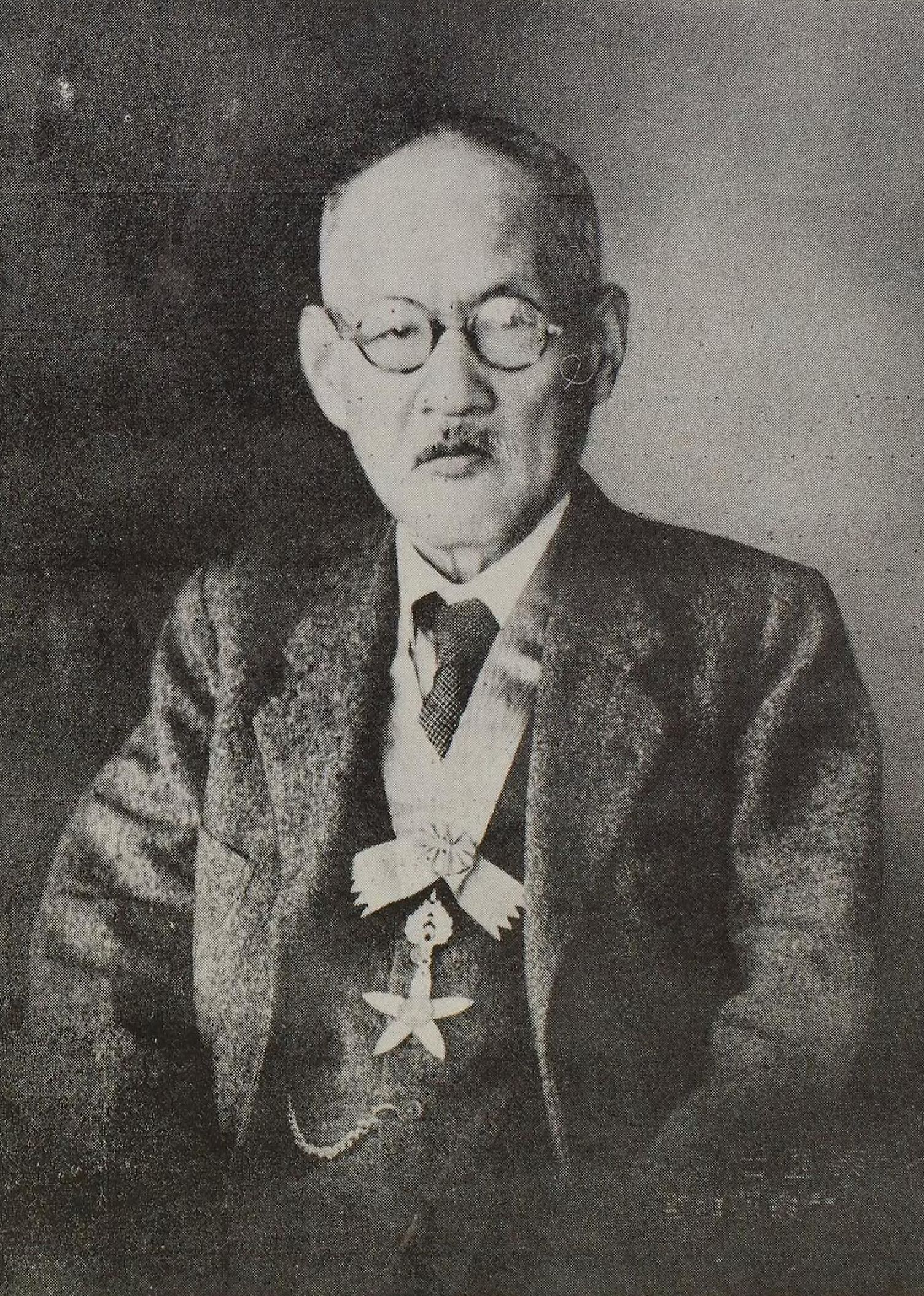OKADA Takematsu
- Date of Birth and Death
- August 17, 1874 - September 2, 1956
- Birthplace (modern name)
- Chiba
- Occupation, Status
- Scholar (Natural Science)
Description
After graduating from the Imperial University of Tokyo, he joined the Central Meteorological Observatory (CMO. Later, Japan Meteorological Agency). He became head of the weather forecasting branch in 1904 and was responsible for the forecasting during the Battle of Tsushima in 1905. He became the first director general of the Kobe Marine Meteorological Observatory in 1920 and was appointed head of the CMO in 1923. He contributed to the development of the weather forecasting system in Japan, through opening a CMO-affiliated training school for forecasters (later, the Meteorological College), establishing the storm alert system, setting standards for ocean observation, and nationalizing weather stations around the country. In 1926 he also started to work as a professor and earthquake researcher at the Imperial University of Tokyo, putting his efforts into education. He is known for his research on the Japanese climate and the cold weather of the Tohoku region. In the post-war period, he was awarded the Order of Culture in 1949 and designated a Person of Cultural Merit in 1951. His notable works include Kishogaku Kowa (Lecture about Meteorology) (1908), Kishogaku (Meteorology) (1927) and Kisho Kikaigaku (Meteorological Technology) (1931).
SNS
OKADA Takematsu

- HOME
- List of Names
- OKADA Takematsu
